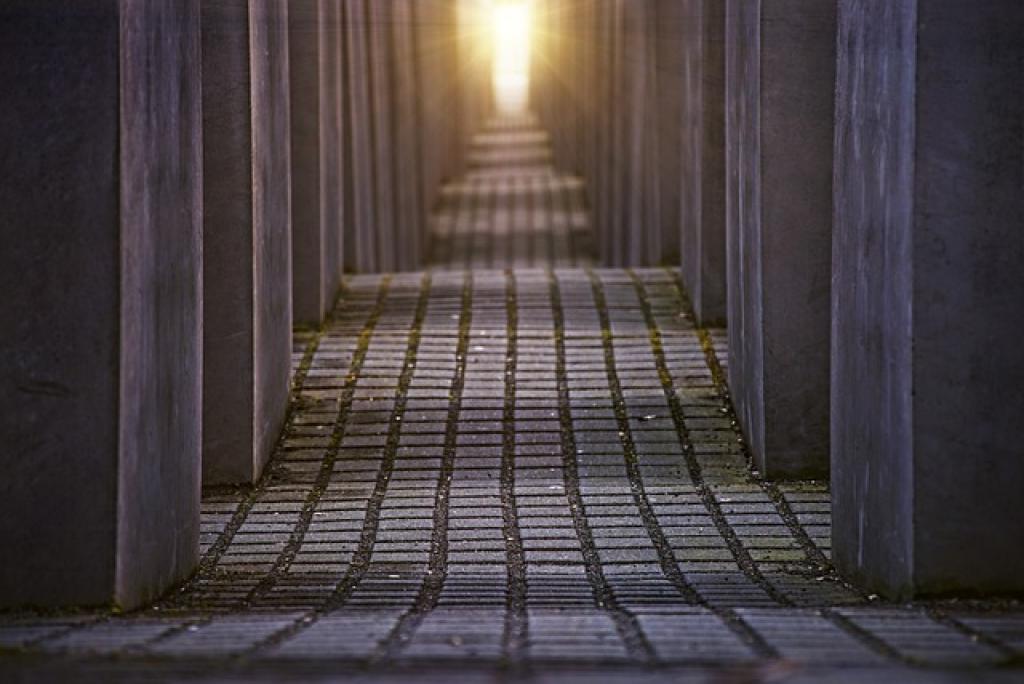Imagine a world without pantyhose. It’s hard, isn’t it? These everyday essentials have a fascinating history that’s woven through decades of innovation, fashion trends, and cultural shifts.
Let’s travel back to the early 20th century. The birth of pantyhose was a game-changer, providing a sleek alternative to stockings and garters. Women rejoiced at the newfound convenience and style offered by this new hosiery.
As we journey through each decade, we’ll uncover how pantyhose evolved from practical wartime commodities to fashion statements gracing the legs of icons. We’ll explore the technological advances that revolutionized their production and the ever-changing trends that kept them in vogue.
Fast forward to modern day, and you’ll see how pantyhose continue to adapt, blending functionality with fashion. Whether it’s sheer, patterned, or eco-friendly, pantyhose remain a staple in wardrobes around the world.
So, sit back, relax, and let’s dive into this captivating chronicle of pantyhose from their inception to the present day.
Predecessors of Modern Pantyhose
Before pantyhose became the go-to legwear, there were stockings and garters. These were essential items in a woman’s wardrobe, yet they came with their own set of challenges.
In the 16th century, stockings were made from wool, cotton, or silk. They were individually sewn to fit each leg, which meant they were custom-made and quite pricey. Men and women both wore them, but fastening was the tricky part. Hence, the garter was born—a band designed to hold the stockings up.
The Evolution of Stockings
Fast forward to the 1920s, and stockings were becoming more accessible thanks to advancements in knitting machines. This era saw the rise of silk stockings, which were luxurious but fragile. When nylons hit the scene in 1939, it was love at first sight. Nylon was strong, sheer, and much more affordable, forever changing legwear.
World War II put a temporary hold on nylon stockings, as the material was diverted for war efforts. Women turned to leg makeup to create the illusion of stockings during this time. When the war ended, nylons made a triumphant return, only to face an innovation that would soon render them secondary.
As fashion evolved, so did the quest for more practical solutions. Enter the 1950s and ’60s, a period that would pave the way for the revolutionary pantyhose.

Introduction of Nylon in Hosiery
The introduction of nylon in hosiery was nothing short of revolutionary. It all started in 1935 when a team of scientists at DuPont, led by Wallace Carothers, invented nylon. This synthetic fiber was lightweight, strong, and elastic—perfect for hosiery.
Nylon stockings made their grand debut at the 1939 New York World’s Fair, and they were an instant hit. Women were thrilled with how sheer yet durable they were compared to silk. And the best part? Nylons didn’t sag or wrinkle as silk did.
The timing couldn’t have been better. By the early 1940s, nylons were flying off the shelves. However, World War II put a pause on this enthusiasm. The demand for nylon material was so high for military use—think parachutes, ropes, and tents—that hosiery production took a backseat.
When the war ended, there was a massive craze for nylons. Women lined up outside stores, eager to grab a pair. This post-war period cemented nylon’s place in hosiery history. The material’s popularity helped pave the way for further innovations, eventually leading us to the pantyhose we know today.
Nylon didn’t just change how hosiery felt and looked; it transformed how women viewed legwear altogether. Practical, durable, and stylish—nylon was a game-changer.
Evolving Fashion Trends and Pantyhose Innovations
Fashion trends are always on the move, and the world of hosiery is no different. With the burgeoning fashion scene of the 1960s, pantyhose became an indispensable part of women’s wardrobes. Skirts were getting shorter, making sheer, seamless legwear a must-have.
Pantyhose combined underwear and stockings in one convenient garment, which was a dream come true for many women. They offered comfort, support, and a smooth line under form-fitting clothes. The demand for pantyhose surged, leading to continuous innovations in materials and designs.
As the ’70s and ’80s rolled in, the fashion landscape saw an explosion of colors and patterns. Pantyhose were available in a dizzying array of shades and styles, allowing for more personalized, statement-making looks. This was also when control tops became popular, offering a flattering silhouette.
Fast forward to today, and technological advancements have brought us pantyhose that are not only stylish but also functional. You’ll find options with moisture-wicking properties, anti-run technology, and even those infused with skincare ingredients.
Fashion and practicality now go hand-in-hand. From eye-catching patterns to nearly invisible nude shades, the diversity in today’s pantyhose is astonishing. Whether for work, a night out, or just a casual day, there’s a pair to suit every occasion and personal style.
The evolution of pantyhose is a testament to how far fashion has come. It’s more than just a garment; it’s a fusion of style, comfort, and innovation.
Impact of Pantyhose on Women’s Fashion and Empowerment
Pantyhose have played a fascinating role in women’s fashion and empowerment over the decades. They emerged as a game-changer by offering women both style and practicality. Suddenly, showing off your legs wasn’t just for special occasions—it became an everyday norm.
Remember the corporate world of the ’50s and ’60s? Women were finally breaking into male-dominated offices, and pantyhose became a symbol of professionalism and polish. They allowed women to wear shorter skirts and dresses, aligning with the liberation movement while maintaining a polished look suitable for the workplace.
Aside from their role in business attire, pantyhose empowered women in more subtle ways. They provided a confidence boost—those sleek, smooth legs underneath a fabulous outfit just made you feel put-together and ready to take on the world.
By the time the ’80s rolled around, the power suit was in vogue, often accompanied by a perfect pair of pantyhose. The garment had become emblematic of female empowerment, adding a layer of confidence and sophistication to women’s professional attire.
Today, the impact of pantyhose remains robust, though the narrative has evolved. Women have more choices than ever before—whether it’s going sheer, opting for opaque, or skipping them altogether. This variety empowers women to make decisions based on their comfort, style, and needs, rather than societal expectations.
Pantyhose have come a long way from a simple accessory to a symbol of empowerment and fashion-forward thinking. They’re an integral part of women’s fashion history, continually adapting to meet the evolving needs and tastes of women everywhere.
Modern Technology and Sustainability in Pantyhose Production
Pantyhose production has come a long way, thanks to modern technology and a growing focus on sustainability. Today, manufacturers are rethinking the way they create these staple wardrobe items, aiming to minimize environmental impact.
One significant advancement is the use of innovative materials. Companies are now developing biodegradable and recycled fibers to make pantyhose, reducing waste and the environmental footprint. This means you can get the same look and feel while being kind to the planet.
Eco-Friendly Manufacturing
The manufacturing process has also seen a technological overhaul. Advanced machinery now allows for more precise production, reducing material waste significantly. Plus, many factories are implementing water-saving technologies and renewable energy sources to further green their operations.
New dyeing techniques are another leap forward. Traditional methods often involve harsh chemicals and loads of water. But with technological improvements, eco-friendly dyes and water-efficient processes are becoming the norm.
Consumer Awareness
Consumers are also playing a part in this shift. With a growing awareness of sustainability, many people are opting to support brands that prioritize eco-friendly practices. This consumer demand drives companies to innovate and offer more sustainable options.
In essence, modern technology is making it possible to enjoy the benefits of pantyhose without compromising our planet’s health. Whether it’s through the use of recycled materials, eco-friendly dyes, or efficient manufacturing processes, the pantyhose industry is stepping up to meet the challenge. And that’s something to feel good about, next time you slip into a sleek, sustainable pair.
The Bottom Line: Pantyhose in the Contemporary Era
In today’s world, pantyhose are not just about style or tradition; they represent a blend of innovation and sustainability. From their practical beginnings to their fashionable rise and now their eco-friendly production, pantyhose have truly evolved.
Technological advances have played a significant role. High-tech manufacturing processes ensure a better fit and more comfort while cutting down on waste. Plus, the use of biodegradable and recycled materials makes pantyhose a more sustainable wardrobe choice.
Consumer awareness also cannot be overlooked. More people are leaning towards eco-friendly products, pushing manufacturers to adopt greener practices. This shift is not only reshaping the industry but also making sustainable fashion more accessible to everyone.
Additionally, let’s not forget the versatility of pantyhose. Whether you’re dressing up for a special occasion or adding a smooth touch to your daily outfit, they remain a wardrobe staple. Their ability to combine function with fashion ensures they will continue to be worn for many years to come.
So, to wrap it up, pantyhose in the contemporary era are much more than just a piece of clothing. They are a testament to how far we’ve come in terms of technology, sustainability, and consumer consciousness. By embracing these changes, we can all enjoy the benefits of pantyhose while also taking care of our planet.

